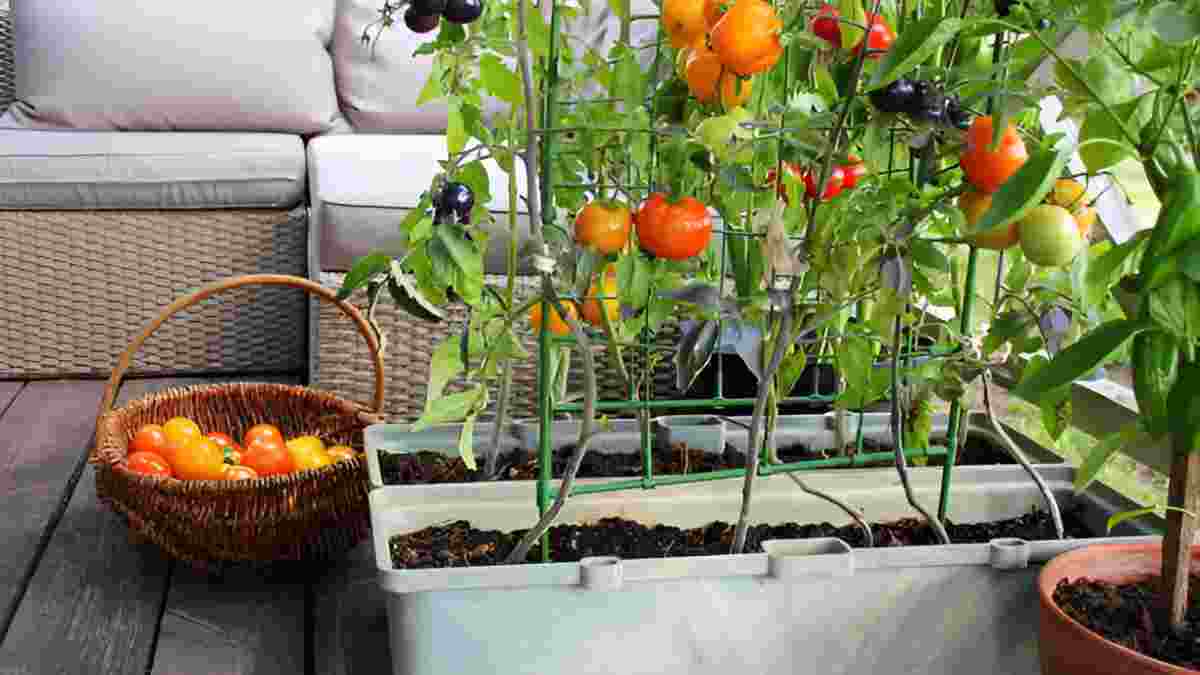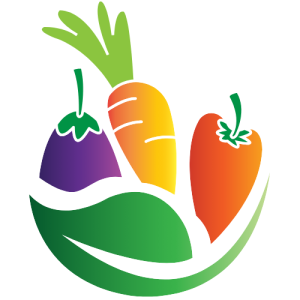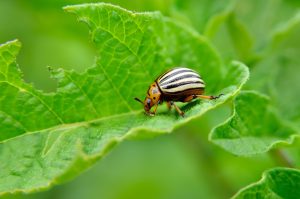Growing vegetables in containers offers a great way to enjoy gardening, even without a big yard. This article lists 15 top vegetables that thrive in pots or small spaces. Learn how to plant, care for, and harvest each one. Whether you live in a small apartment or use a compact outdoor space, this guide simplifies container gardening. Homegrown produce delivers freshness, saves money, and boosts meal flavor. Use this guide to start your container vegetable garden.
Learn more about different types of vegetable gardens and how they suit container gardening here.
Tomatoes
Tomatoes rank as one of the most popular vegetables for container gardening. They thrive in pots with plenty of sunlight and support. Use a container at least 12 inches deep and place it in a sunny spot. Cherry tomatoes and patio varieties suit beginners best. Water them regularly, without soaking the soil. Prune to promote healthier growth. Harvest when they turn bright red and feel slightly soft.

Eggplant
Eggplants perform well in containers, especially smaller types like ‘Fairy Tale’ or ‘Bambino’. Use a container about 12 to 14 inches deep. Provide at least six hours of daily sunlight. Keep the soil moist and fertilize every two weeks. Stake the plant as it grows heavier with fruit.
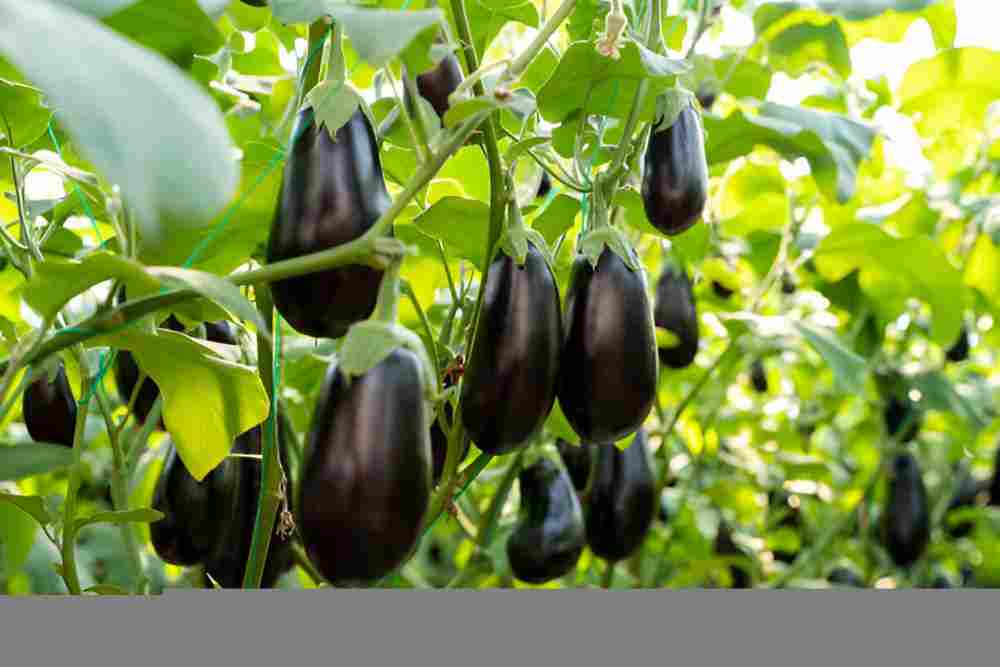
Peppers
Peppers, both sweet and hot, flourish in containers. Choose a container that holds at least 3 gallons of soil. Place it in a sunny location and water regularly without soaking the soil. Grow them in warm seasons, as they dislike cold weather. Feed with a balanced fertilizer.
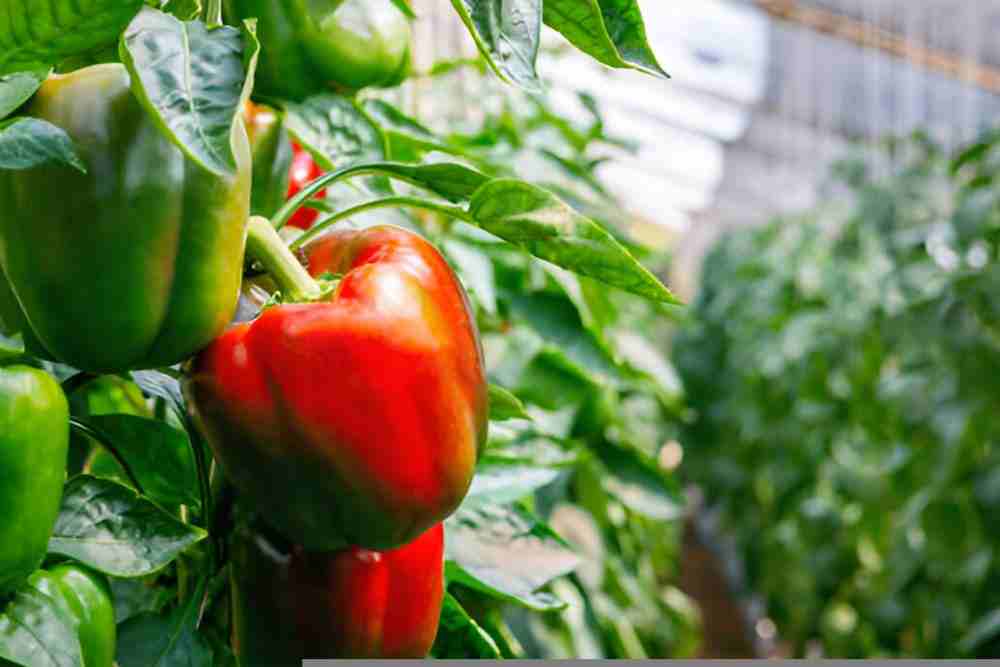
Lettuce
Lettuce grows quickly and doesn’t need deep soil, making it ideal for containers. Use wide, shallow containers and plant several seeds close together. Keep the soil moist and provide 4–6 hours of sunlight. Pick outer leaves as needed and let the rest continue growing.
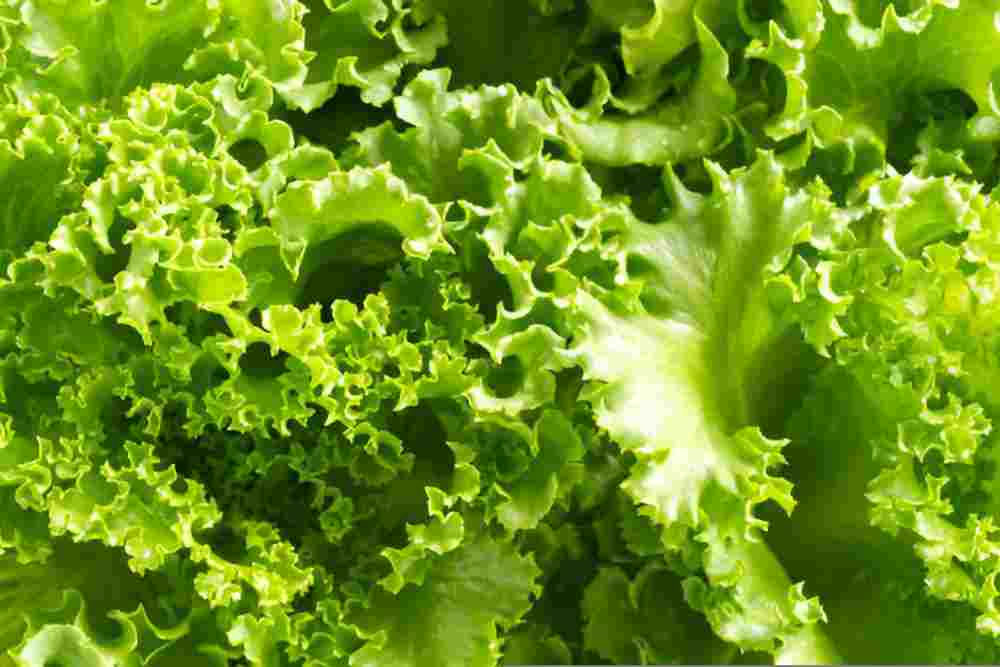
Cucumbers
Cucumbers thrive in large containers and need a support structure. Use a container at least 12 inches deep. Place it in full sun and water daily. Bush cucumber types work best in small spaces. A trellis helps manage vines and increases yield.

Radish
Radishes grow fast and require little space—perfect for beginners. Use a container at least 6 inches deep. Plant seeds close together, keep the soil moist, and harvest in just 3–4 weeks. They grow best in cooler weather, making them great for spring and fall.
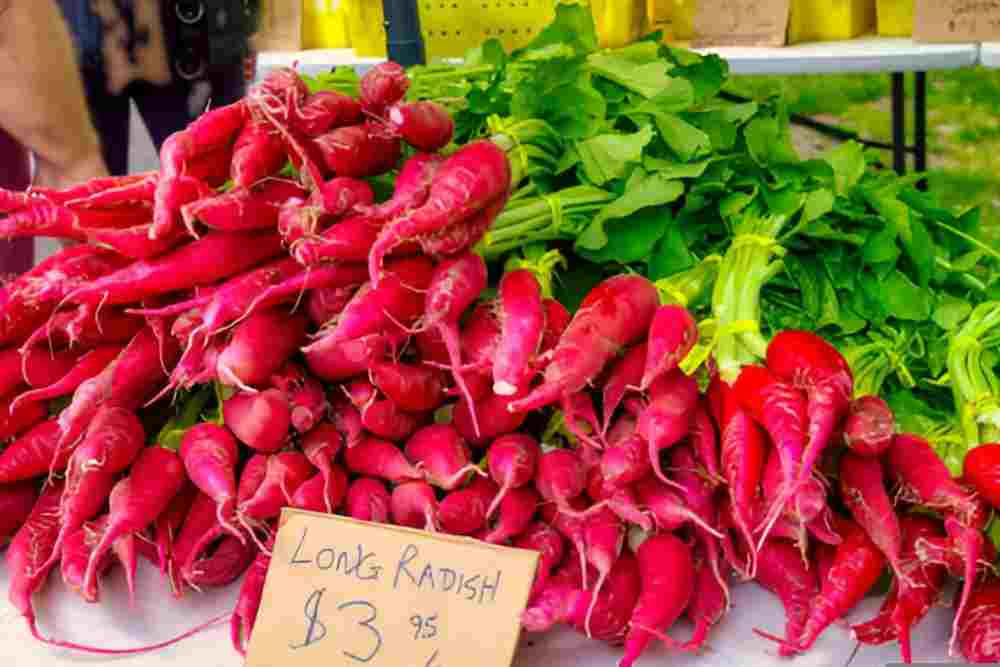
Carrots
Carrots need deep containers for their long roots. Choose a pot at least 10–12 inches deep. Use loose, rock-free soil. Water consistently to keep the soil moist. Thin out seedlings after they sprout. Harvest when the tops begin to show.
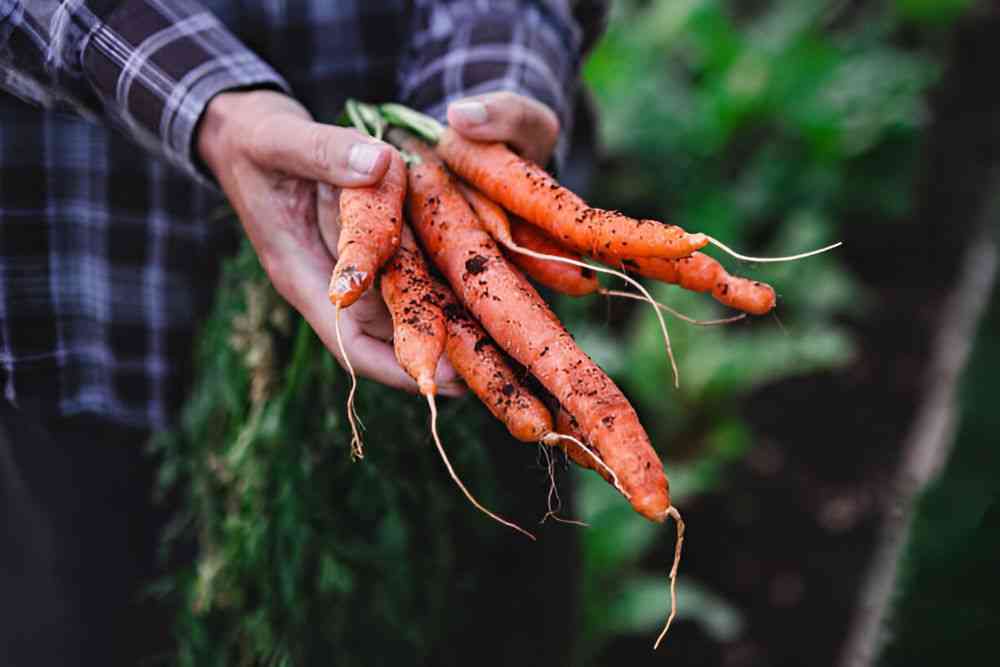
Peas
Peas grow easily in containers and don’t need much space. Use a medium-sized container with support like a stake or cage. Plant them early, as they prefer cooler temperatures. Keep the soil moist and pick pods when full.
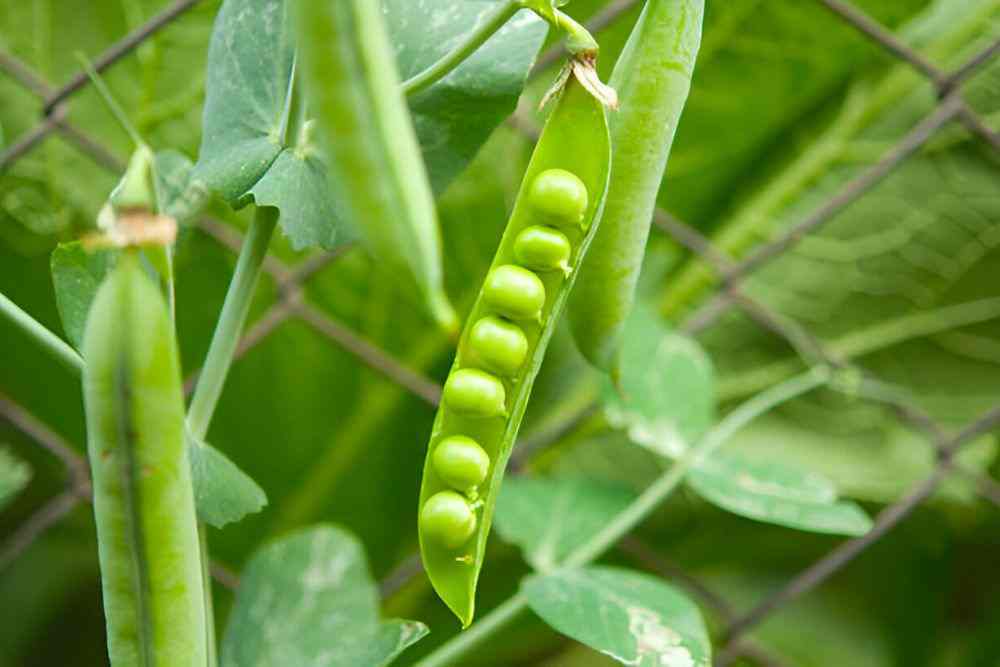
Spinach
Spinach thrives in shallow containers and cool weather. Use a pot 6–8 inches deep. Plant seeds close together and keep the soil moist. Harvest baby spinach in about 20–30 days. Pick outer leaves to encourage regrowth.
Swiss Chard
Swiss chard, a colorful and healthy green, grows nicely in containers. Use a pot at least 8 inches deep. Harvest often and remove yellow leaves. Water regularly and ensure good sunlight exposure.
Onions
Onions thrive in wide, shallow containers. Grow green onions or full-sized bulbs. Use sets (small bulbs) for faster growth. Provide 6–8 hours of sunlight daily. Harvest green onions early or wait for larger bulbs.
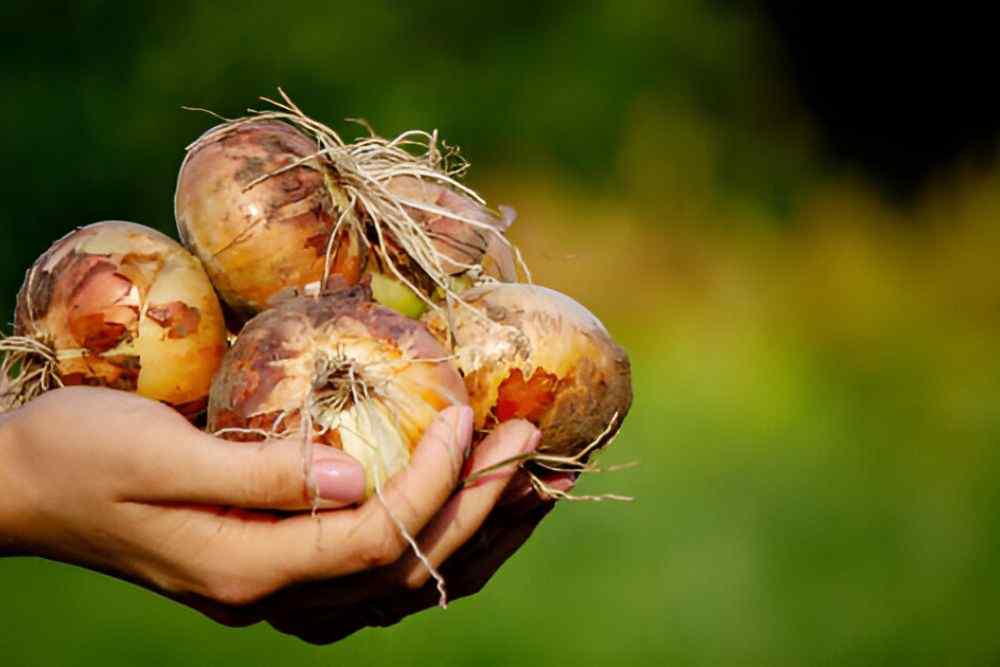
Beans
Bush beans work great in containers. Use a pot at least 12 inches deep. They grow fast and don’t require support. Keep the soil moist and pick pods when young and tender. Beans also enrich the soil with nitrogen.
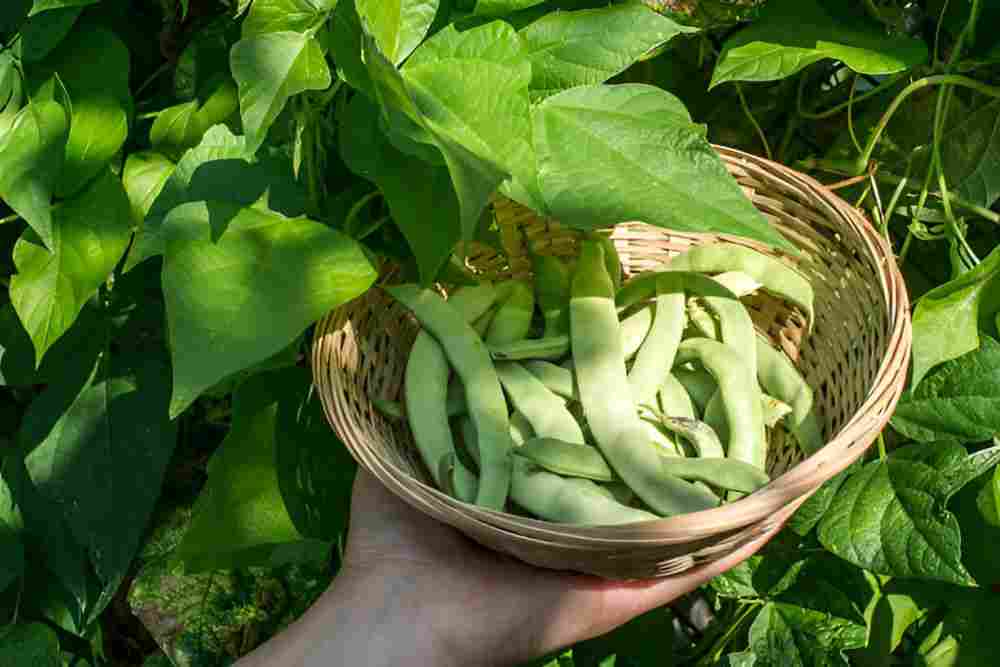
Beetroot
Beetroot grows well in containers and needs 10–12 inch deep pots. Use soft soil to help the roots grow round and full. Water consistently and thin seedlings for better development. Both the root and leaves are edible.
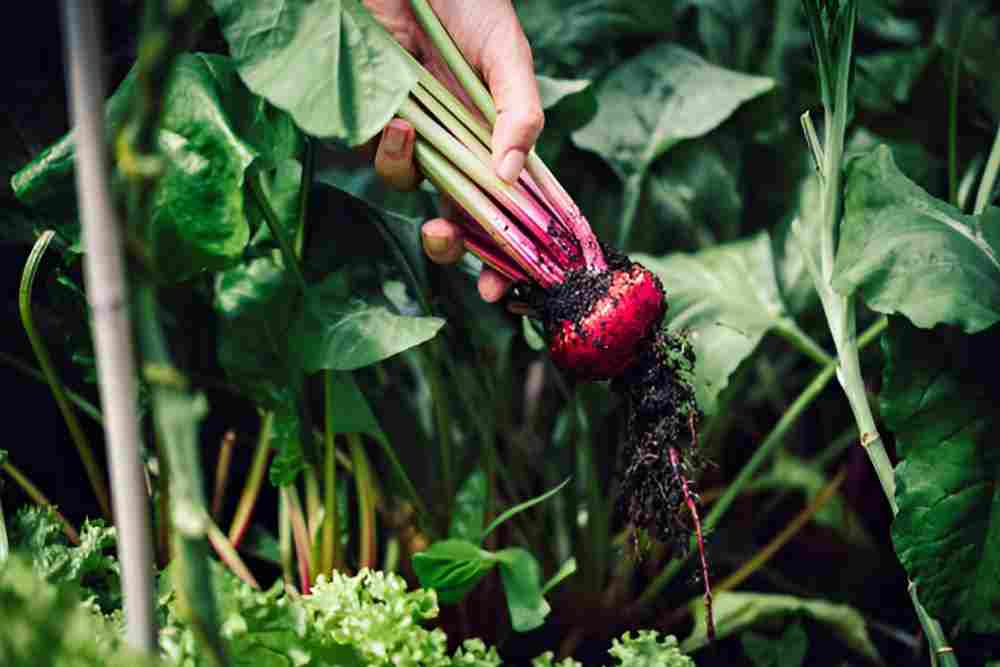
Potato
Potatoes grow best in deep containers or grow bags. Fill the bottom with soil and plant the seed potato. Add more soil as the plant grows to cover the stem. Harvest when the leaves dry out.

Herbs
Herbs like basil, parsley, mint, and thyme adapt well to container gardening. They need little space and grow on windowsills or balconies. Use well-drained soil and place them in sunny spots. Snip leaves regularly to encourage fuller growth.
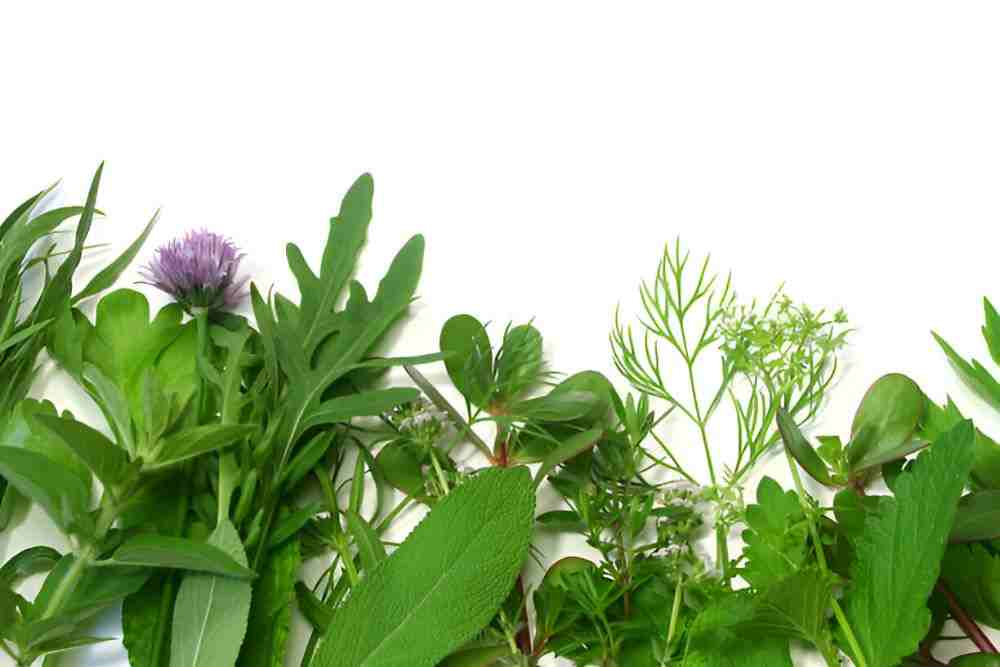
Container Gardening: A Way to Grow Vegetables in the City
In 2002, Dr. KS Deveza and Dr. RJ Holmer published a study on container gardening. They explained how growing vegetables in containers can help people in cities grow their own food, even in small spaces. This method of gardening reduces the need to buy vegetables, saving money, and provides fresh produce at home.
You can read the full study by Dr. Deveza and Dr. Holmer here.
What type of tomato grows best in a container?
Cherry and dwarf tomato varieties thrive in containers because they need less space.
Want to explore different types of container-friendly vegetables? Check out our guide on space-saving crops for small gardens.
Can I grow eggplant in a small pot?
Yes, dwarf eggplant types grow well in smaller pots and still produce nicely.
Curious about more compact veggies that work well in tight spaces? Don’t miss our article on growing vegetables in small containers.
How long do peppers take to grow in pots?
Peppers usually take about 60 to 90 days to mature, depending on the type.
Learn how to choose fast-growing vegetables and boost yields in your container garden.
Can I grow lettuce indoors in a container?
Yes, you can grow lettuce indoors if it receives enough light.
Discover the best leafy greens for indoor growing and how to keep them thriving year-round.
Do cucumbers grow better hanging or climbing?
Climbing cucumbers perform better with a trellis and produce straighter, cleaner fruits.
Looking for support ideas for vining vegetables? Read our article on vertical gardening tips for beginners.
How many radishes can I grow in one container?
Grow 10–12 radishes in a 12-inch container.
Want to master quick-harvest crops? Our guide to fast-growing root veggies might be just what you need.
What is the best container depth for carrots?
A container should be at least 12 inches deep for most carrot varieties.
Check out our deep-dive on root vegetables and how to set up the perfect pot for them.
Can I grow peas on a balcony?
Yes, peas grow well in containers on balconies with 4–6 hours of light.
Explore our balcony gardening guide for more easy crops that flourish in small spaces.
Does spinach regrow after cutting?
Yes, cutting outer leaves allows the plant to produce new ones.
Want more regrow-friendly greens? Learn which leafy veggies give multiple harvests.
How often should I water Swiss chard?
Water about two to three times per week depending on the weather.
Find out how to build a smart watering routine with our moisture guide for potted plants.
Can onions grow in shallow pots?
Yes, green onions grow well in shallow containers.
Explore our post on growing kitchen staples like onions, garlic, and herbs at home.
What type of beans grow best in pots?
Bush beans suit pots because they remain small and productive.
Want a bean-growing success story? Read our step-by-step container bean guide for lush harvests.
How many beets can grow in one container?
Grow 4–6 beets in a 12-inch wide pot.
Learn more about root spacing and container hacks for juicy, well-formed beets.
Can I reuse soil after growing potatoes?
Rotate crops and refresh the soil instead of reusing it for potatoes.
Discover smart ways to rotate container crops and keep your soil healthy.
What herbs grow best together in one container?
Basil, oregano, and parsley grow well together if provided enough space and light.
Check out our ultimate herb-pairing guide for creating your own kitchen garden in pots.
FAQ: Vegetables for Container Gardens
What is the best soil for growing vegetables in containers?
Use well-drained potting mix with compost. Avoid garden soil because it’s too heavy.
How much sun do container vegetables need?
Most vegetables require 6–8 hours of sunlight each day. Leafy greens can grow with less.
Do I need to fertilize vegetables in containers?
Yes, apply balanced fertilizer every 2–3 weeks for healthy growth and better harvests.
Can I reuse soil from last season?
You can reuse it if refreshed with compost and cleared of old roots and debris.
How often should I water vegetables in pots?
Water when the top inch of soil feels dry. Daily watering may be needed during hot weather.
Can I mix different vegetables in one container?
Yes, as long as they share similar water, light, and space requirements. Avoid overcrowding to support healthy root growth.
Conclusion
Container gardening is a rewarding way to grow your own food, no matter how much space you have. With the right containers, sunlight, and care, these 15 vegetables can thrive on your balcony, patio, or even indoors. Start small, experiment with a few favorites, and enjoy the satisfaction of harvesting fresh, homegrown produce right outside your door. Whether you’re a beginner or a seasoned gardener, container vegetables offer a flexible and productive path to a greener lifestyle.

